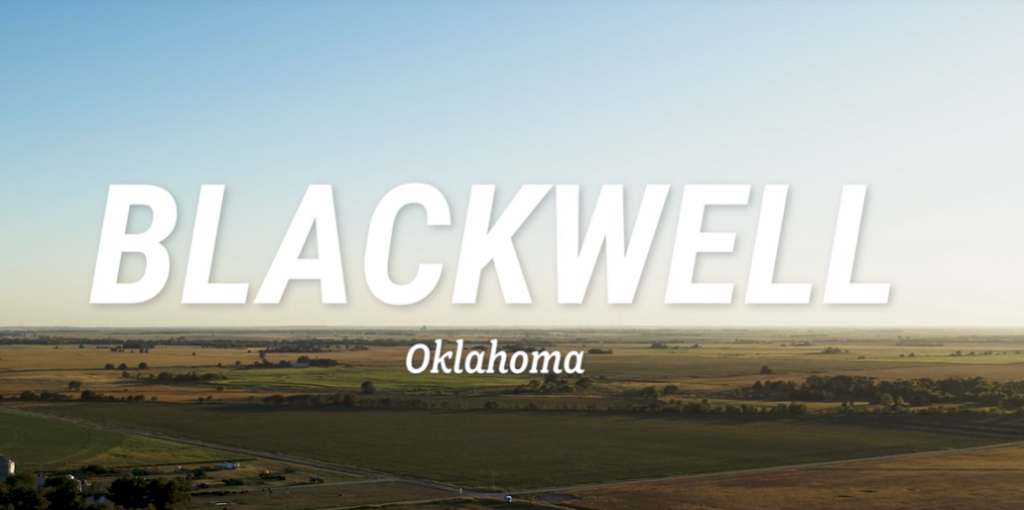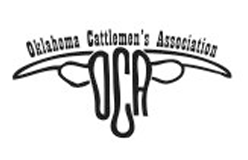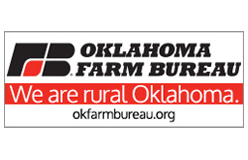
The concept of stewardship is deeply ingrained in the farmer. Their calling is to wisely use the gifts of soil, water, sun, and seed to produce a crop – and a livelihood. Wheat Farmers Share Their Stories of Stewardship as They feel responsible for nourishing and improving the land for the next generation while producing a sustainable source of high-quality wheat for the world.
U.S. Wheat Associates (USW) feels our customers deserve evidence that the U.S. wheat industry is continually improving the environmental impact of wheat production.
To provide that evidence, USW, the National Association of Wheat Growers, and state wheat commissions sponsored the first-ever Life Cycle Analysis (LCA) of U.S. wheat production, which was completed in 2025. The analysis demonstrated major reductions in greenhouse gas emissions, in energy, water and land use, and in soil erosion. More information is available below.
In this section, USW is sharing “Stories of Stewardship” from across the country and other resources the world’s wheat buyers, flour millers, bakers, and wheat food processors need to better understand how U.S. farmers produce more and better-quality wheat while using methods that are better for the planet we all share.
In this Episode, Tom Cannon of the Goodson Ranch is featured. You can click below to watch the full video:
Here is an informative article based on the text you provided.
From the Roots Up: How Better Soil Is Saving Oklahoma’s Water
Inspired by the resilience of native grasses, some farmers are fundamentally changing their agricultural philosophy. Cannon said the new focus is not just on the plant’s yield but on the health of the ground it grows in. This “roots up” thinking is leading to significant environmental and productive benefits, particularly in states like Oklahoma where water is the top limiting resource.
The Problem: Water
In Oklahoma, water is the single most critical, and scarce, resource for agriculture. Decades of traditional farming have, in some areas, left the soil with low organic matter (often 1% or less). This depleted soil has poor structure, meaning it cannot effectively absorb and store rainfall, leading to runoff and wasted moisture.
The Solution: A New Focus on Soil
By shifting focus to improving the soil first, farmers are seeing a dramatic reversal. This approach, which emphasizes building soil health and diversity, has shown remarkable results over the last 25 years.
The key benefits of this method include:
- Improved Product Quality: As the soil health improves, so does the quality of the crops grown in it.
- Carbon Storage: One of the most significant outcomes is the amount of carbon stored in the soil.
- Fixing the Water Cycle: Healthier soil directly improves the water cycle.
The Results: Storing 75,000 Gallons per Acre
Cannon says the proof is in the data. By fostering higher organic matter and carbon loads, the soil’s ability to store water is transformed.
Farmers who have adopted this approach have seen their land’s organic matter triple, climbing from 1% to levels between 3% and 5.5%. This dramatic increase in soil health means the land has increased its water-holding capacity by an estimated 75,000 gallons per acre. In a water-scarce environment, this is a game-changing improvement.
The Foundation: The Role of Wheat
This new, sustainable model does not mean abandoning traditional crops. In Oklahoma, wheat has been a reliable source of income since the 1930s and remains the dominant crop in the region.
Wheat’s primary advantage is its “ability to handle stress,” making it the most reliable plant that can be grown in the area’s challenging conditions. This soil-first approach is not about replacing wheat but about making its cultivation more resilient and sustainable. Wheat is expected to remain the foundational, primary crop for the foreseeable future, now supported by a healthier, more water-efficient foundation.
This focus on sustainability is seen as essential for survival, ensuring that farmers can provide for consumers as much as they do for themselves.


















